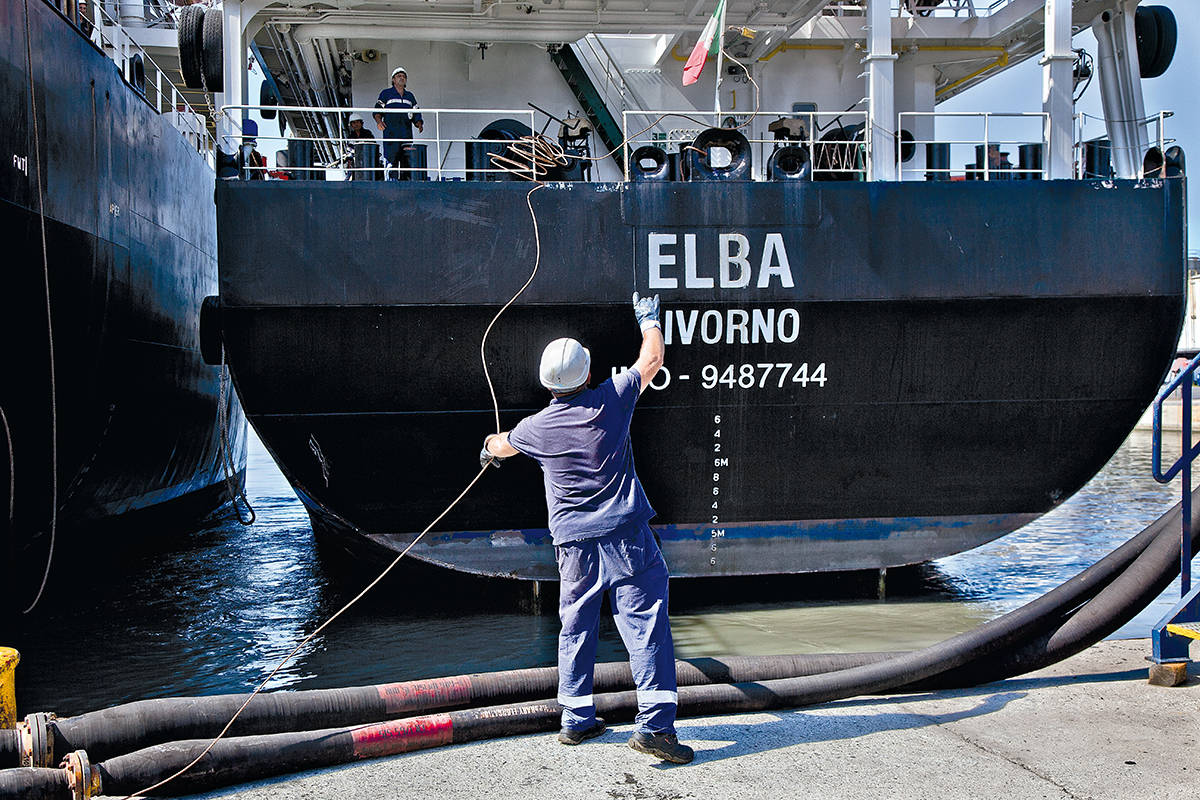Nearly 2000 employees, 1644 in Livorno and 279 in Piombino. The North Tyrrhenian port network’s current workforce has been presented in the Port Workforce Strategy Plan adopted by the Authority’s Management Committee.
In the Port of Livorno alone, where 30 operators out of a total of 34 were sampled, 745 workers are employed in terminal companies, 332 in companies authorized to carry out both port operations and services, 298 in companies authorized to carry out only port services, 75 in companies authorized to carry out only port operations and 68 employed at the port work agency.
Of the 1644 employees, 1390 are assigned to operational tasks (84.5%), while 254 are employed in administrative departments (15.5%).
Over the three-year 2018-2020 period, the size of the operational workforce (net of coastal depot employees) is reported to have remained stable at 2018 levels, despite the current economic crisis.
The total workforce declared by companies operating in Piombino port, as of August 31st, 2020, is, instead, 279 employees, with 248 employed in terminal companies and 28 in companies authorized to carry out both port operations and services.
Of the 279 employees, 265 perform operational tasks, while only 14 are employed in administrative departments. Unlike Livorno, the number of operational employees appears stable between 2018 and 2019 but there has been a sharp drop during 2020, with 32 units less.
Comparison between operational personnel and port traffic
In Livorno port, the comparison between the trend recorded for operational personnel and port traffic (net of liquid bulk) in the 2018-2020 period shows how the reduction in the port workforce , determined this year by the negative effects of the pandemic, was in any case significantly lower than the downturn recorded for traffic volumes: the 3.39% drop in employment between January and September 2020 compared to the same period in 2019, should be set against a 13.3% fall in traffic.
In Piombino, the comparison between the trend recorded for operational personnel and port traffic (net of liquid bulk) in the January-August 2020-2019 period shows a 10.8% reduction in the size of the port workforce, while for port traffic the drop was more than double, at -31.2%.
Lay-off benefit schemes
The report also analyzes the number of companies that have had to resort to lay-off benefit schemes this year. Only 7 companies have not resorted to any income support measure, while 15 have resorted to lay- off benefit schemes, one to the Wage Supplementation Fund and another to solidarity contracts, while 4 of them failed to provide any response.
Of the companies that took part in the survey, the total number of people involved amounted to 985 units. For the port of Livorno, this is equivalent to about 75% of its employees, bearing in mind that 4 companies did not respond.
In Piombino, out of the 7 companies authorized to work in the port at the time of the survey, 4 of them had resorted to lay-off benefit schemes and one of them to the Wage Supplementation Fund. Two of them did not provide any information about this. The number of workers involved totaled 165 units.
According to the report, “the health emergency has highlighted the fragility of a work organization system that, over the last few years, had favored, especially for certain goods categories, the outsourcing of parts of the port operation cycle, encouraging contractors to hire workers, even with fixed-term contracts. This has made it necessary to resort to a massive use of the redundancy fund or failure to renew contracts.”
Translation by Giles Foster

